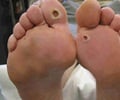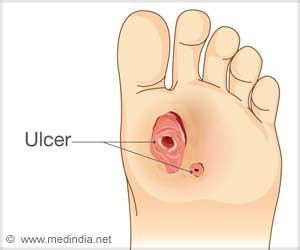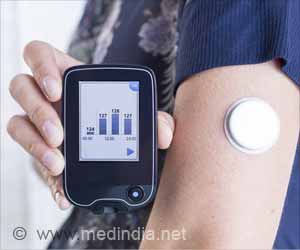
The property, called ferroelectricity, is a response to an electric field in which a molecule switches from having a positive to a negative charge. Only recently discovered in animal tissues, researchers have traced this property to elastin and found that when exposed to sugar, the elastin protein sometimes slows or stops its ferroelectric switching. This could lead to the hardening of those tissues and, ultimately, degrade an artery or ligament.
"This finding is important because it tells us the origin of the ferroelectric switching phenomenon and also suggests it's not an isolated occurrence in one type of tissue as we thought," said co-corresponding author Jiangyu Li, a UW associate professor of mechanical engineering. "This could be associated with aging and diabetes, which I think gives more importance to the phenomenon."
About a year ago, Li and collaborators discovered ferroelectric switching in mammalian tissues, a surprising first for the field. Ferroelectricity is common in synthetic materials and is used for displays, memory storage and sensors. Li's research team found that the wall of a pig's aorta, the largest blood vessel carrying blood to the heart, exhibits ferroelectric switching properties.
Li said that discovery left researchers with a lot of questions, including whether this property is found in other soft tissues and the health implications of its presence. Observing differences in ferroelectric behavior at the protein level has helped to answer some of those questions.
The research team separated the aortic tissue into two types of proteins, collagen and elastin. Fibrous collagen is widespread in biological tissues, while elastin has only been found in animals with a backbone. Elastin, as its name suggests, is springy and helps the heart and lungs stretch and contract. Ferroelectric switching gives elastin the flexibility needed to perform repeated pulses as with an artery.
Advertisement
The research team has focused solely on the aortic tissues, but this finding likely applies to other biological tissues that have the protein elastin, such as the lungs and skin.
Advertisement
Researchers next will drill down even more to look at the molecular mechanics of ferroelectric switching and further try to connect the process with disease onset.
Source-Eurekalert












